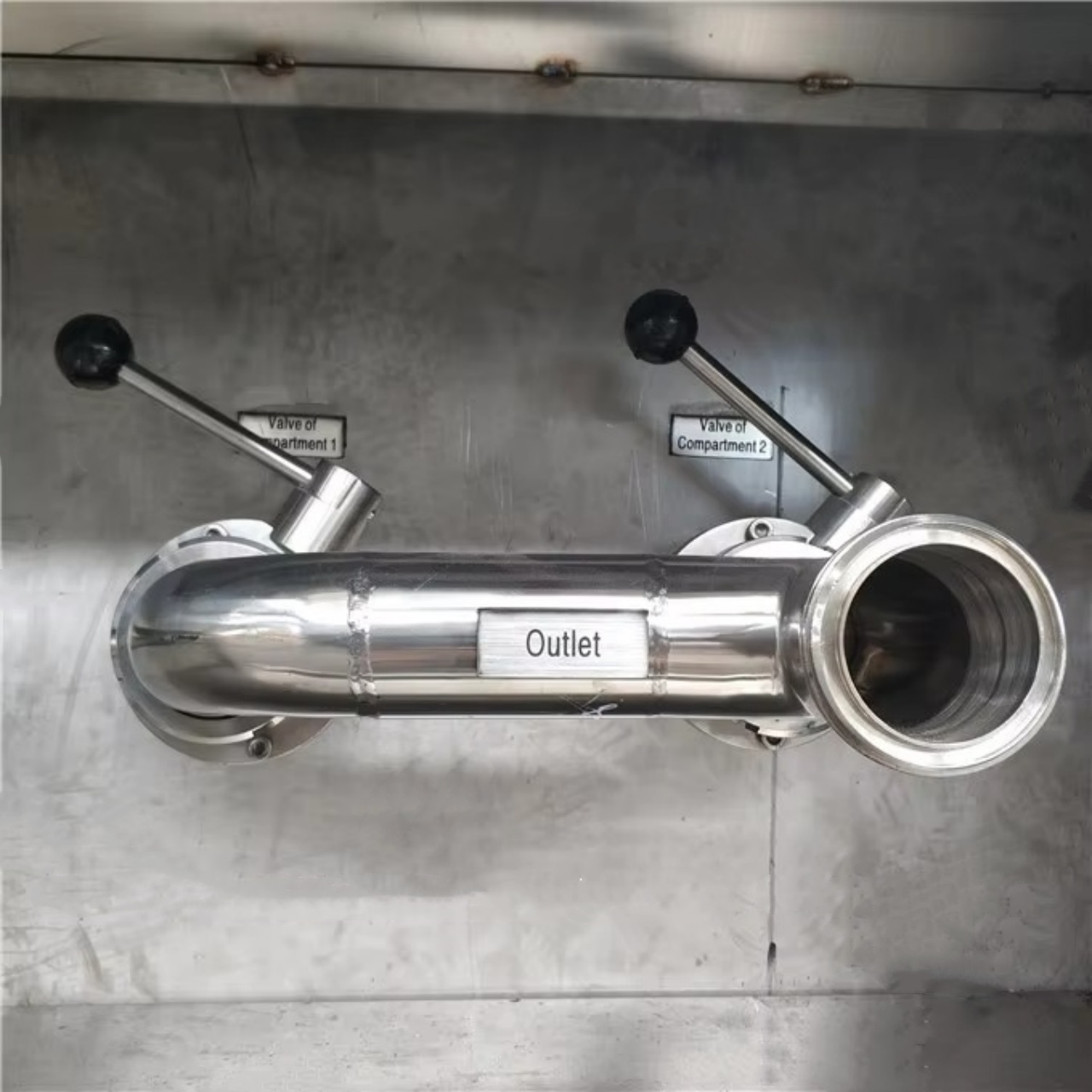When we think of tankers, the first images that often come to mind are those of large trucks hauling fuel, chemicals, or water. However, one of the less-discussed yet vitally important uses of tankers lies in the transportation of a much more delicate commodity—milk. The dairy supply chain depends heavily on specialized milk tankers designed to preserve the quality and hygiene of raw milk from the moment it leaves the farm until it reaches a processing facility. This article explores whether tankers are used for carrying milk, how they are designed, and the importance they play in the dairy industry.
What Is a Milk Tanker?
Yes, a tanker is indeed used for carrying milk. Milk tankers are specifically designed road vehicles or trailers engineered to transport large volumes of raw milk in a sanitary and temperature-controlled environment. These vehicles are a critical part of the dairy logistics infrastructure and are distinct from general-purpose tankers used for fuel, chemicals, or other bulk liquids.
Unlike ordinary tank trucks, milk tankers must meet strict hygiene standards due to the perishable and sensitive nature of milk. They are generally constructed from stainless steel, a material chosen for its corrosion resistance, ease of cleaning, and non-reactive properties, which help ensure that the milk remains uncontaminated during transport.
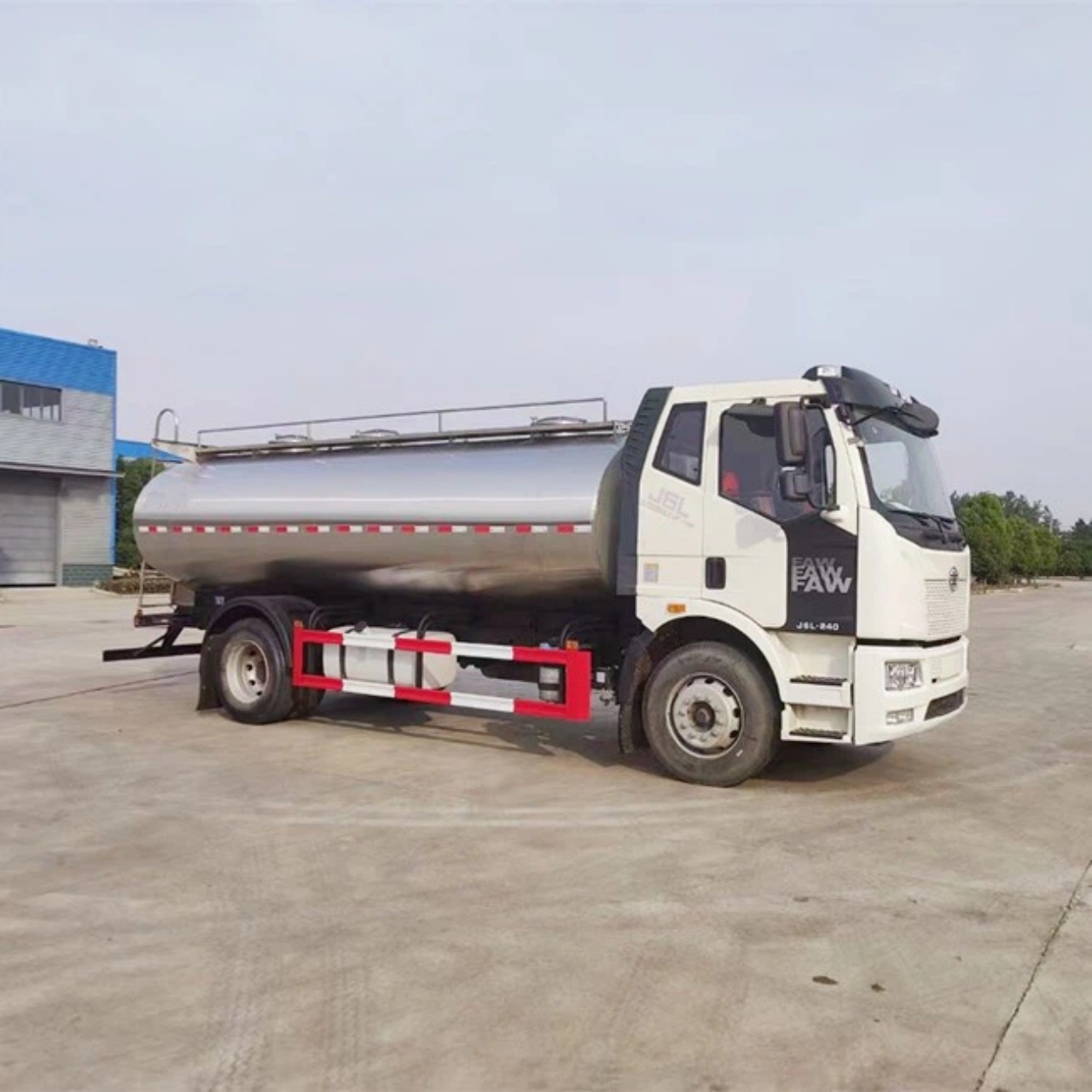
The Role of Milk Tankers in the Dairy Supply Chain
Milk is a highly perishable product. From the moment it is extracted from the cow, it begins to degrade in quality if not handled properly. Because of this, the dairy industry operates under tight timelines and stringent hygiene protocols. Milk tankers play a central role in this process by collecting raw milk from dairy farms and delivering it to processing plants where it can be pasteurized, homogenized, and packaged for consumer use.
A typical milk collection cycle involves:
- Arrival at the farm – The milk tanker arrives at the dairy farm, where it is connected to the bulk milk cooling tank.
- Milk sampling and testing – Before the milk is pumped into the tanker, samples are taken for quality and safety testing.
- Transfer and recording – Once approved, the milk is pumped into the tanker, and the volume is logged.
- Delivery to processing plant – The tanker then transports the milk to the designated processing facility, often within a matter of hours.
The use of tankers in this cycle ensures that large quantities of milk can be moved efficiently while maintaining its freshness and safety.
Specialized Design Features of Milk Tankers
Milk tankers are not your average liquid transport vehicles. They are equipped with a range of features specifically tailored to the needs of dairy transport, including:
1. Insulation
Milk must be kept cool to prevent bacterial growth. Therefore, milk tankers are designed with thermal insulation, often using foam or other insulating materials, to maintain a consistent temperature of around 4°C (39°F). This eliminates the need for active refrigeration during short hauls.
2. Sanitary Fittings
The pipes, valves, and pumps used in milk tankers are made from food-grade stainless steel and feature sanitary designs that reduce the risk of contamination. Many components are designed to be clean-in-place (CIP), which allows the interior of the tank and associated plumbing to be washed automatically without disassembly.
3. Multi-Compartment Design
Larger tankers may be divided into multiple compartments, allowing for the simultaneous collection of milk from different farms or the segregation of different grades or types of milk (e.g., organic and conventional). Each compartment is independently sealed and insulated.
4. Onboard Measuring and Sampling Systems
Milk tankers often include onboard metering systems to precisely measure the amount of milk collected. Automated sampling ports allow for the easy collection of milk samples without compromising the hygiene of the rest of the load.
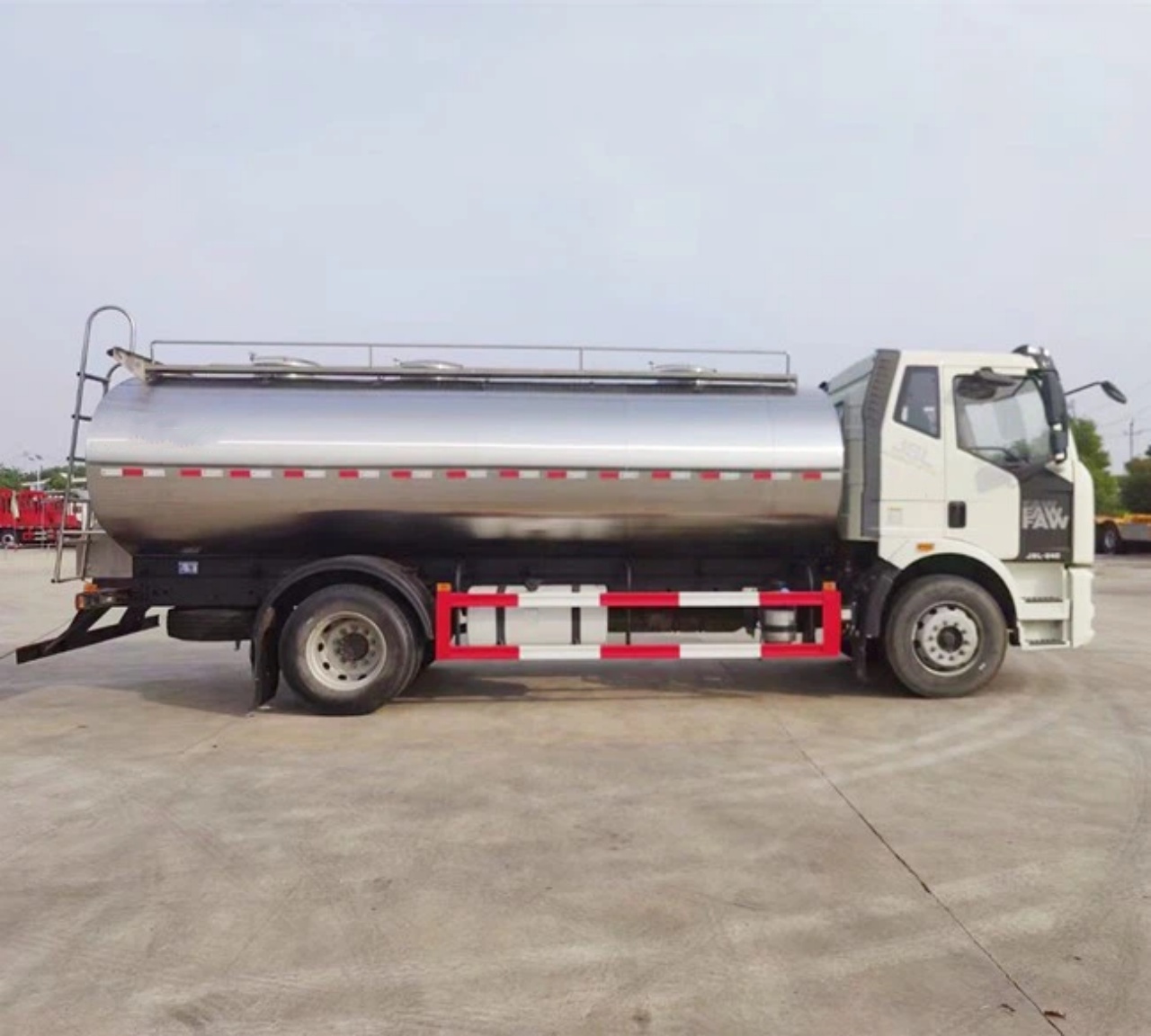
Regulatory Standards and Safety
Because milk is a food product consumed by millions, its transport is governed by strict food safety regulations. In most countries, government agencies such as the FDA (U.S.), EFSA (EU), or CFIA (Canada) have established detailed guidelines for the sanitary transport of milk. These rules cover everything from tanker construction and cleaning schedules to driver hygiene and sample handling.
Tanker drivers may also be trained in milk handling procedures, including how to recognize signs of spoiled or contaminated milk, how to operate sanitary fittings correctly, and how to document each collection.
Cleaning and Maintenance
After each delivery, milk tankers must undergo thorough cleaning to prevent microbial growth or cross-contamination between loads. The CIP (Clean-In-Place) systems typically involve flushing the tank with hot water and food-safe detergents, followed by sanitization and a rinse cycle. Some tankers are even equipped with automated CIP systems that can be initiated remotely or on-site.
Regular maintenance is also essential to ensure that seals, valves, and insulation remain in optimal condition. Any lapses in maintenance can result in contamination, spoilage, or violations of regulatory standards.
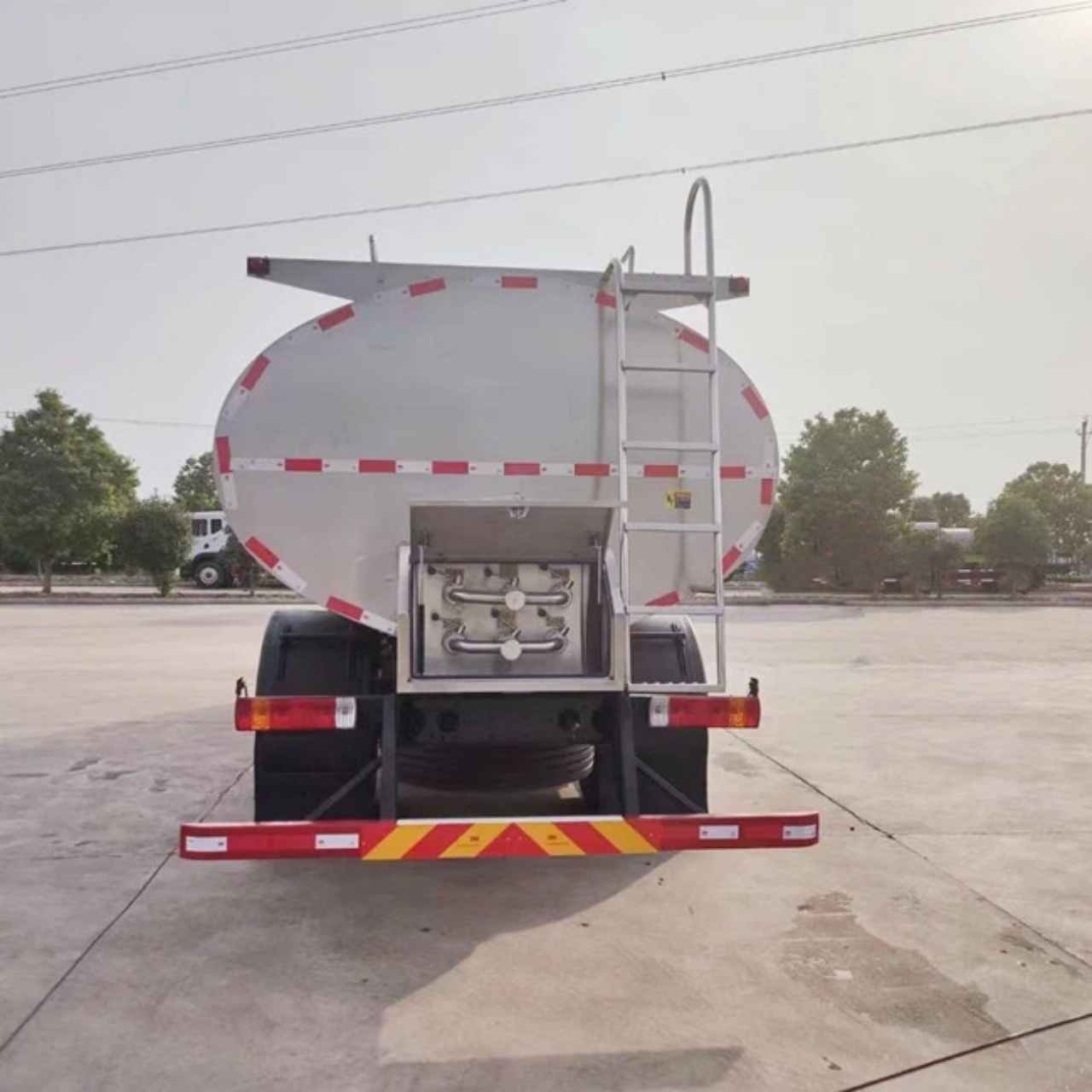
Advantages of Using Tankers for Milk Transport
Using dedicated tankers for milk transportation offers several advantages:
- Efficiency: A single tanker can transport thousands of liters of milk in one trip, reducing the need for multiple smaller vehicles.
- Product Integrity: Insulated tanks help maintain milk at a stable temperature, preserving quality during transit.
- Reduced Contamination Risk: Food-grade materials and sanitary fittings minimize the risk of bacterial contamination.
- Cost-Effectiveness: Bulk transportation is more economical compared to using containers or drums.
- Compliance: Tankers designed for milk meet regulatory requirements, ensuring that dairy processors avoid fines or shutdowns.
Are All Tankers Suitable for Milk?
Not all tankers can be used for milk transportation. Using a fuel or chemical tanker—even one that has been cleaned—would pose a severe contamination risk. Milk tankers must be purpose-built, and any compromise in material or design can result in unsafe dairy products.
Additionally, milk tankers are generally dedicated exclusively to milk or dairy. Cross-usage with other food products, even those deemed safe, is typically avoided to prevent flavor contamination or residue buildup.
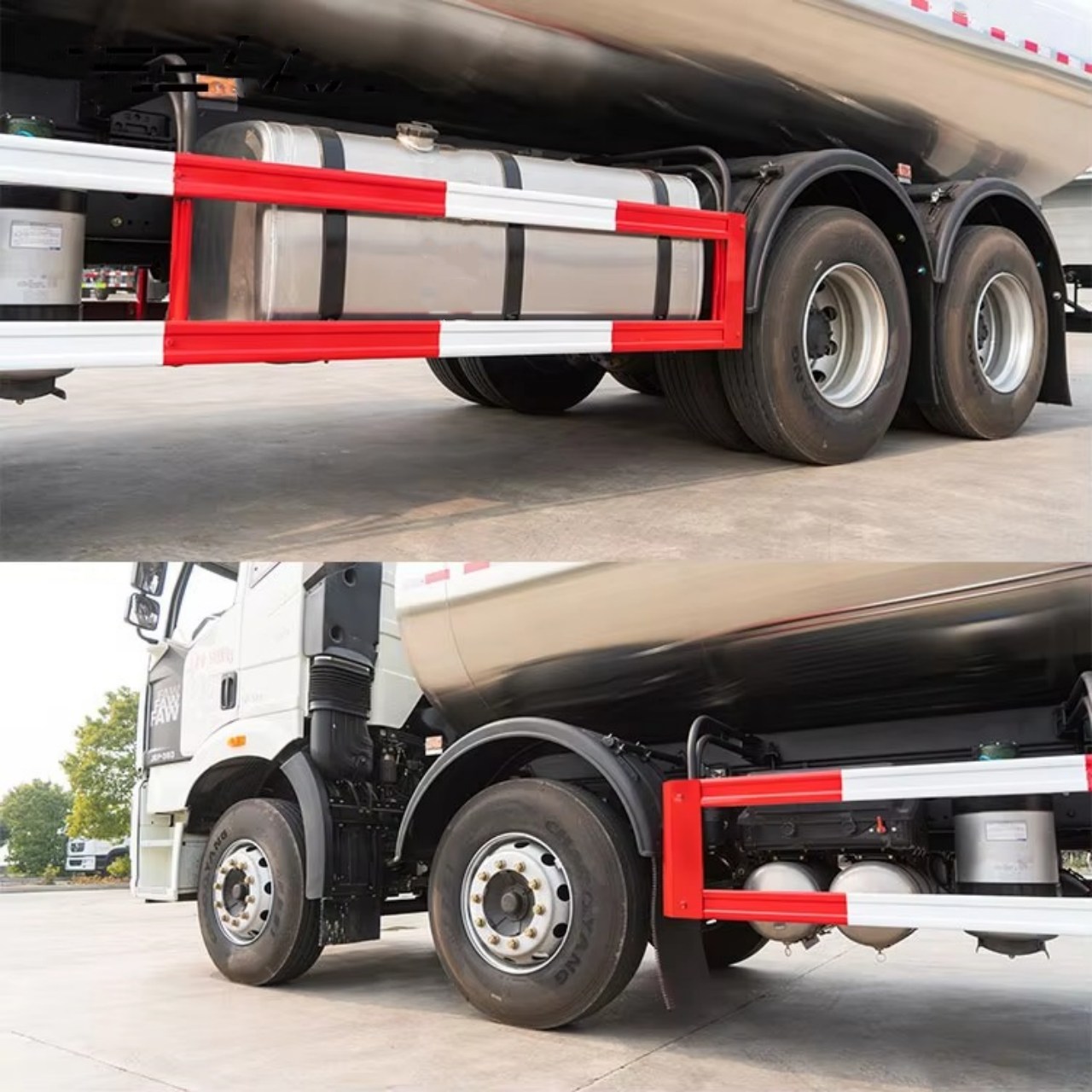
Future Trends in Milk Tanker Technology
As dairy consumption and supply chains become more global, milk tanker technology is also evolving. Some of the upcoming innovations include:
- GPS and Telematics: Real-time tracking and monitoring of temperature conditions.
- Lightweight Materials: New composites and alloys to reduce vehicle weight and improve fuel efficiency.
- Electric or Hybrid Milk Tankers: In response to environmental regulations, some fleets are experimenting with sustainable power sources.
- Digital Integration: Automated data logging, sample tracking, and remote diagnostics for improved traceability and efficiency.
Conclusion
So, is a tanker used for carrying milk? Absolutely—milk tankers are an essential and highly specialized part of the dairy industry. Without them, it would be nearly impossible to deliver fresh, safe milk from farms to processing plants on the scale and speed demanded by today’s consumers.
These tankers are not only designed with hygiene and efficiency in mind but are also regulated to ensure the highest standards of food safety. As technology advances, the milk tanker will continue to evolve, becoming smarter, greener, and even more reliable in its role of delivering one of nature’s most vital food sources.
